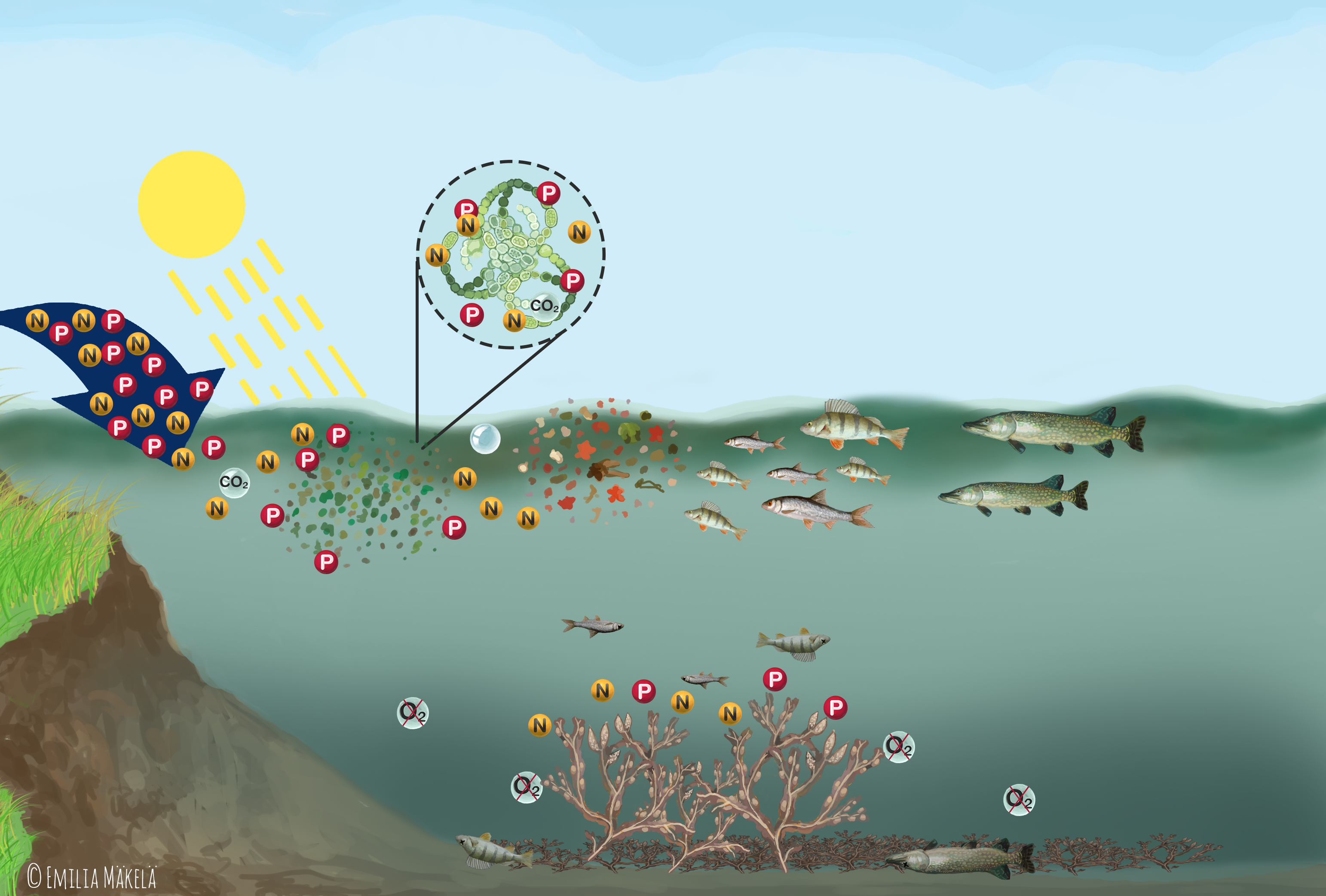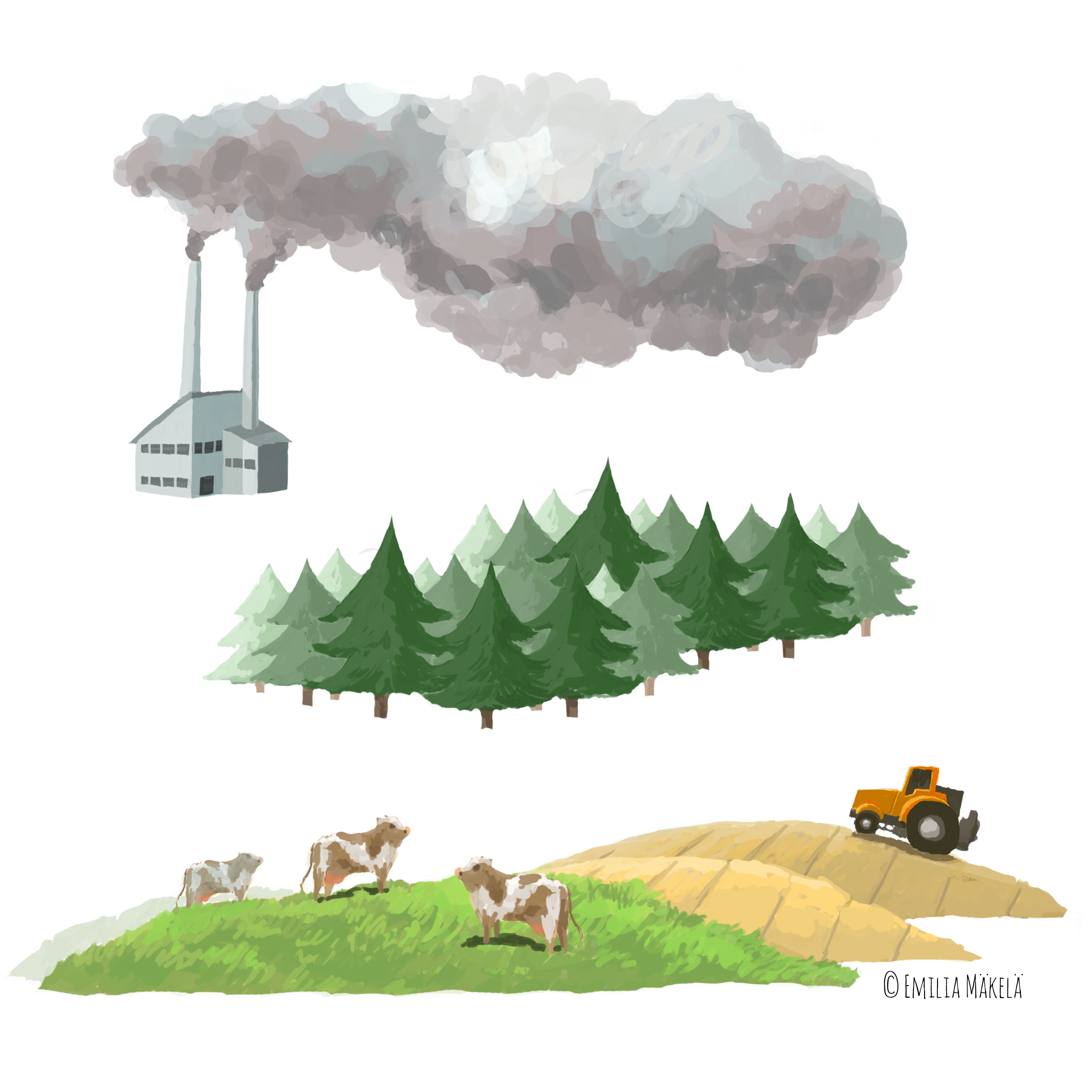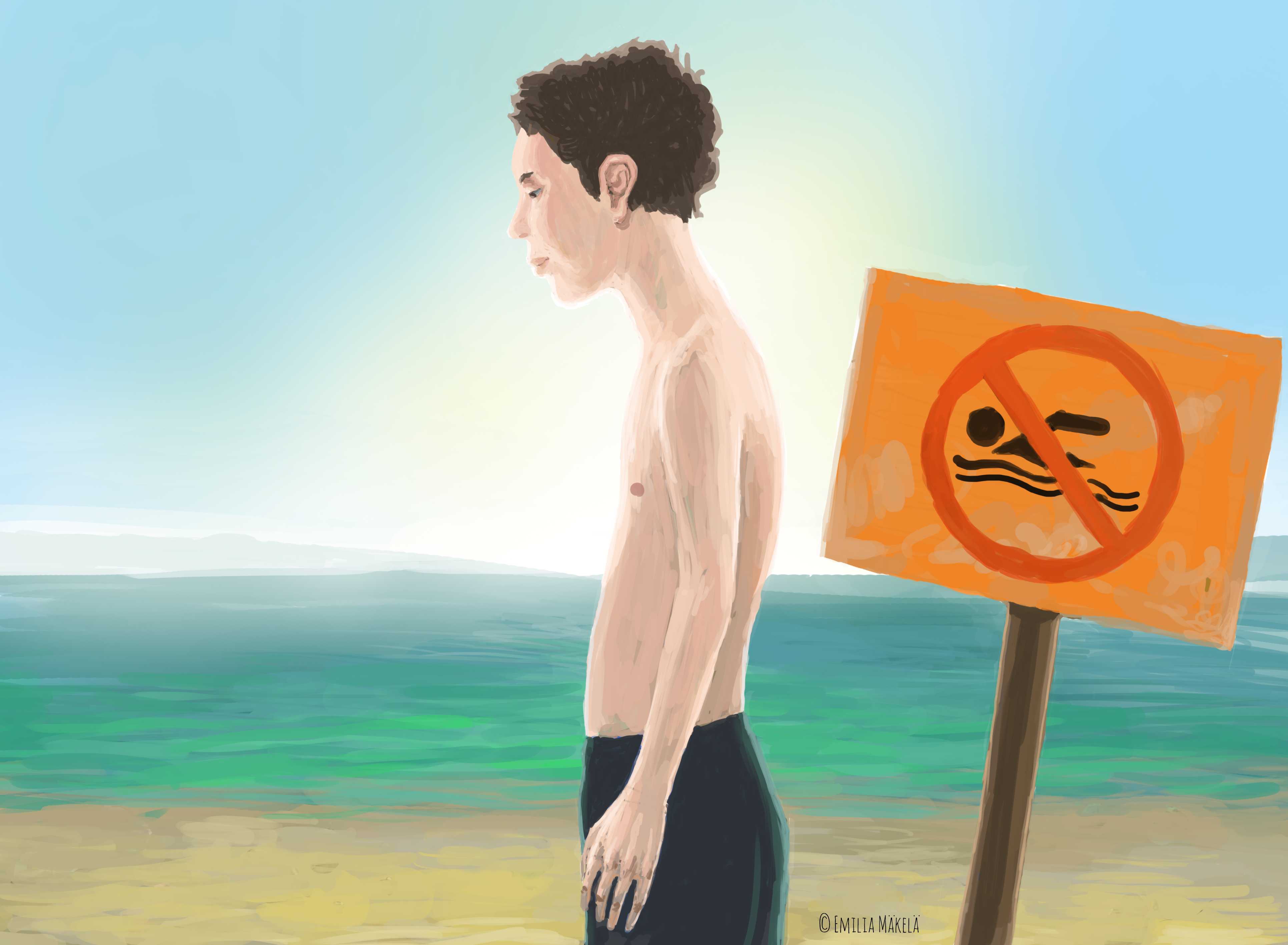Phosphorus and nitrogen
The most significant challenge of the Baltic Sea is eutrophication, which is caused by increasing inputs of the nutrients phosphorus and nitrogen into the Baltic Sea. Eutrophication results in blooms of blue-green algae, changes in aquatic ecosystems and oxygen depletion in the bottom waters. Other problems in the Baltic Sea are strongly linked to the eutrophication process.


Nitrogen and phosphorus enter the Baltic Sea either as waterborne or airborne inputs. Most of this external load is waterborne and comes from the catchment area along rivers and ditches or directly from coastal areas. The main sources of the waterborne nutrients in the catchment area are agriculture, managed forestry, industry, households, fish farming, and natural background sources. The airborne nutrients refer to atmospheric deposition on the Baltic Sea and originate from sources inside and outside the catchment area of the Baltic Sea. The main sources are sea and road traffic, agriculture and energy production.
Once the process caused by excessive eutrophication has begun, it is hard to curb. Nutrients accumulated in the sediments over many years are difficult to remove and continue to feed the growth of algae and plants. Under anoxic (lack of oxygen) conditions, phosphorus might be released from the sediments which increases the eutrophication of the water. This process is called internal loading and is much more difficult to control than the external loading from rivers and coastal areas.

The special physical characteristics make the Baltic Sea one of the world’s largest bodies of brackish water. Having a catchment area that is four times its own size and a home for 85 million people, the Baltic Sea is extremely sensitive to human impact. The Baltic Sea is connected with the world’s oceans only by the narrow and shallow waters of the Danish Straits and the Belt Sea. Due to this limited water exchange with the North Sea, nutrients may remain in the Baltic Sea for up to 30 years. Therefore, any nutrient input has a long-term impact and restoration activities require a long time.

